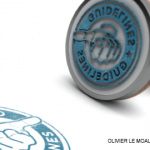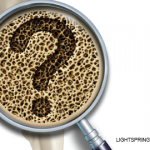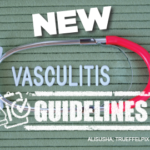When the team looked at the periods of time between 2002–2010 and 2011–2016, they found no change in the compliance of guidelines to the criteria of AGREE II and Institutes of Medicine.
“Our systematic review emphasizes the variability in the use of the different grading systems to aggregate the level of evidence and rate the strength of recommendations,” they write. “Establishing the level of evidence that underlies the recommendations is essential in guideline development.”
The authors conclude that guideline developers should work together to improve the quality and consistency of recommendations, as well as the reporting of guideline development. Such an effort may improve the likelihood the guidelines will be used in clinical practice.
Lara C. Pullen, PhD, is a medical writer based in the Chicago area.
Reference
- Hayawi LM, Graham ID, Tugwell P, et al. Screening for osteoporosis: A systematic assessment of the quality and content of clinical practice guidelines, using the AGREE II instrument and the IOM Standards for Trustworthy Guidelines. PLoS One. 2018 Dec 6;13(12):e0208251. doi: 10.1371/journal.pone.0208251. eCollection 2018.


